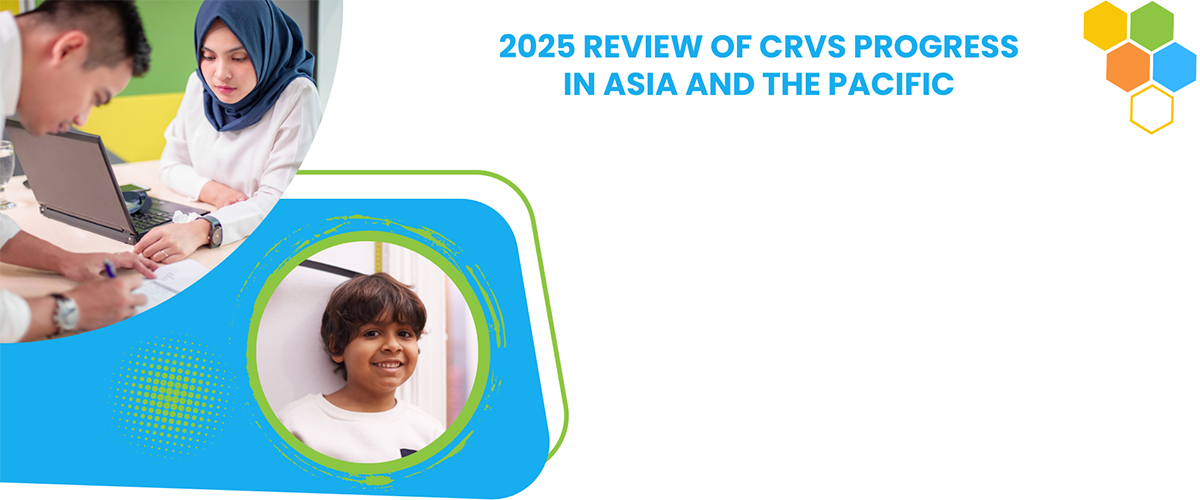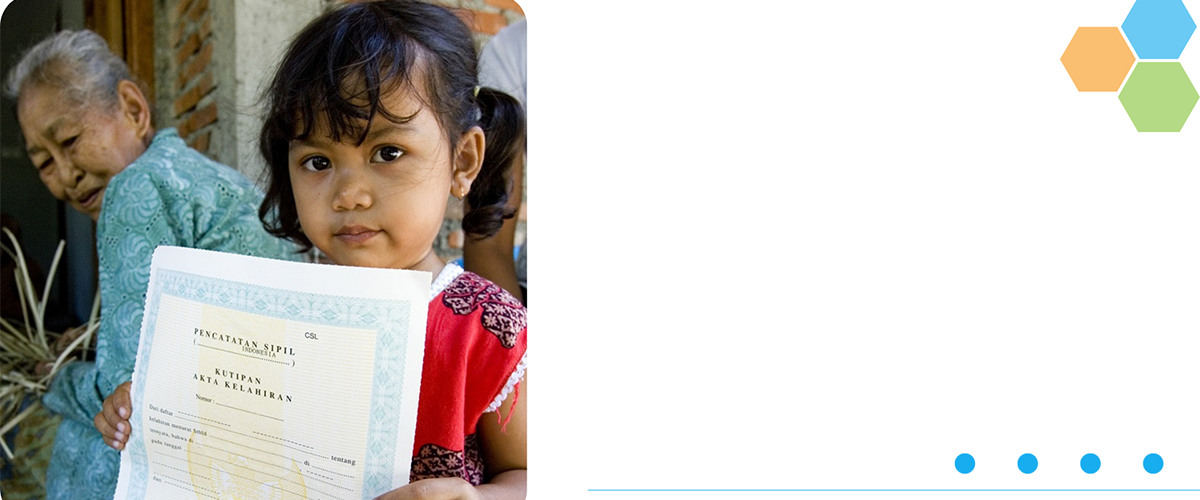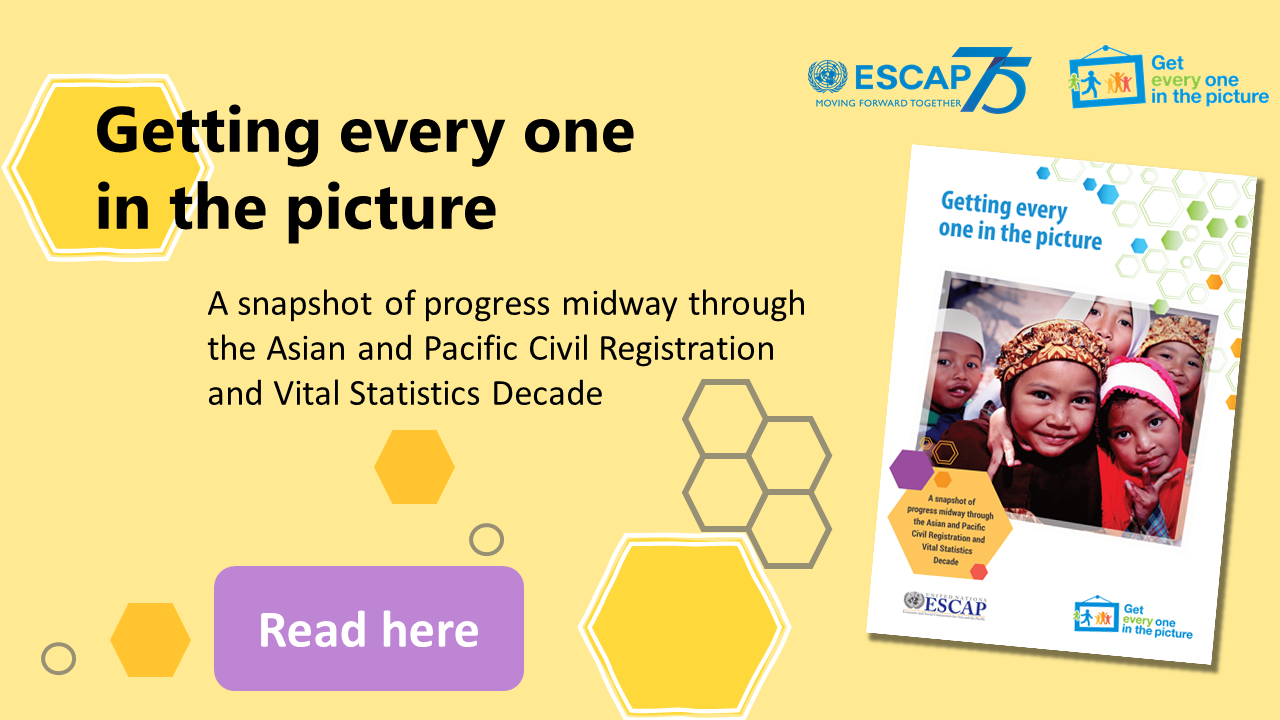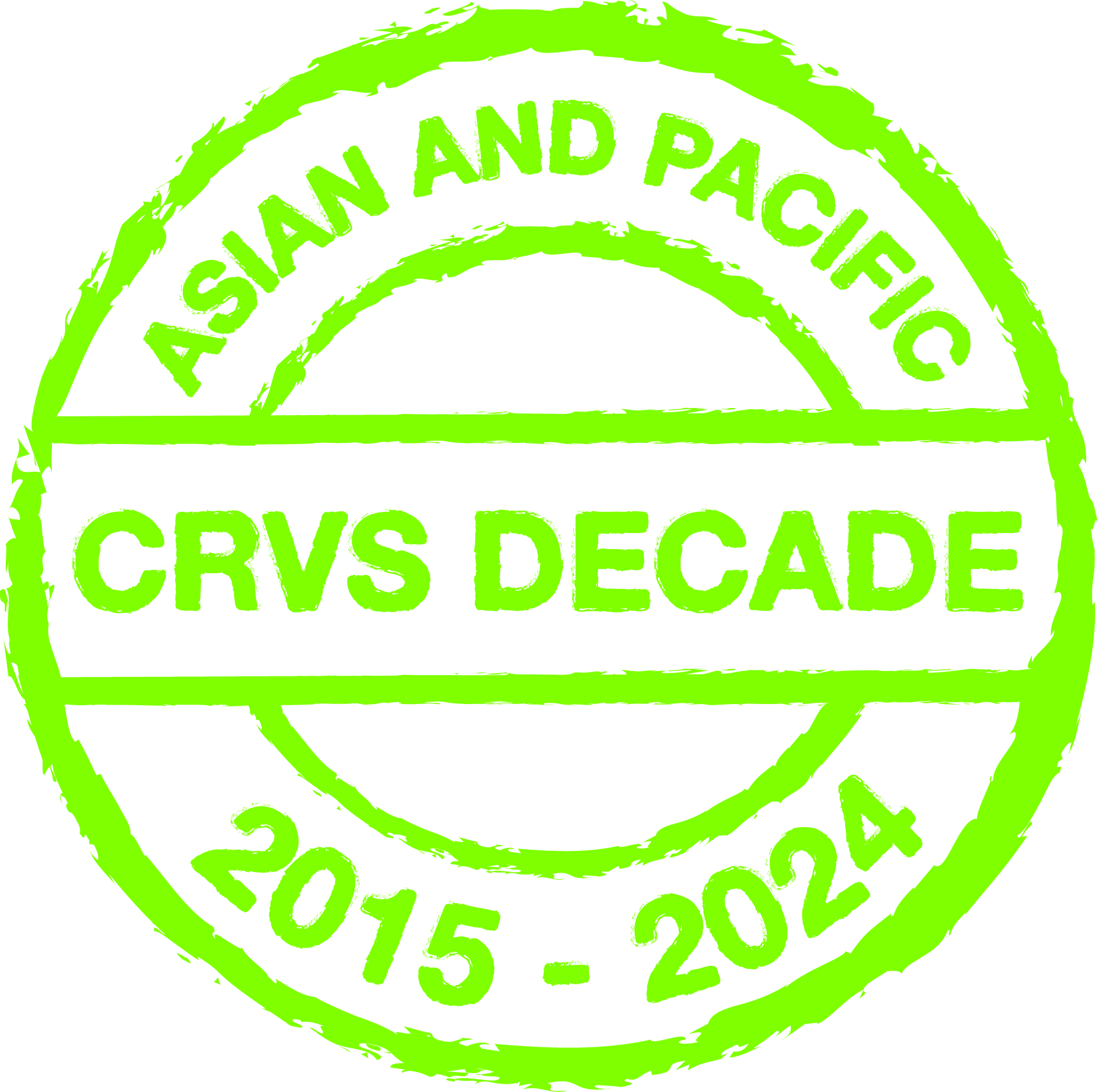New codes for COVID-19 in ICD-10
(Newsletter: CRVS Insight April 2020)
To assist countries in collecting timely and accurate data, the World Health Organization's Classifications Team recently updated the International Classification of Diseases (ICD-10) to include enhanced coding instructions for mortality and morbidity related to Covid-19. The updated classifications include technical instruction on classifying confirmed, suspected and probable cases.














